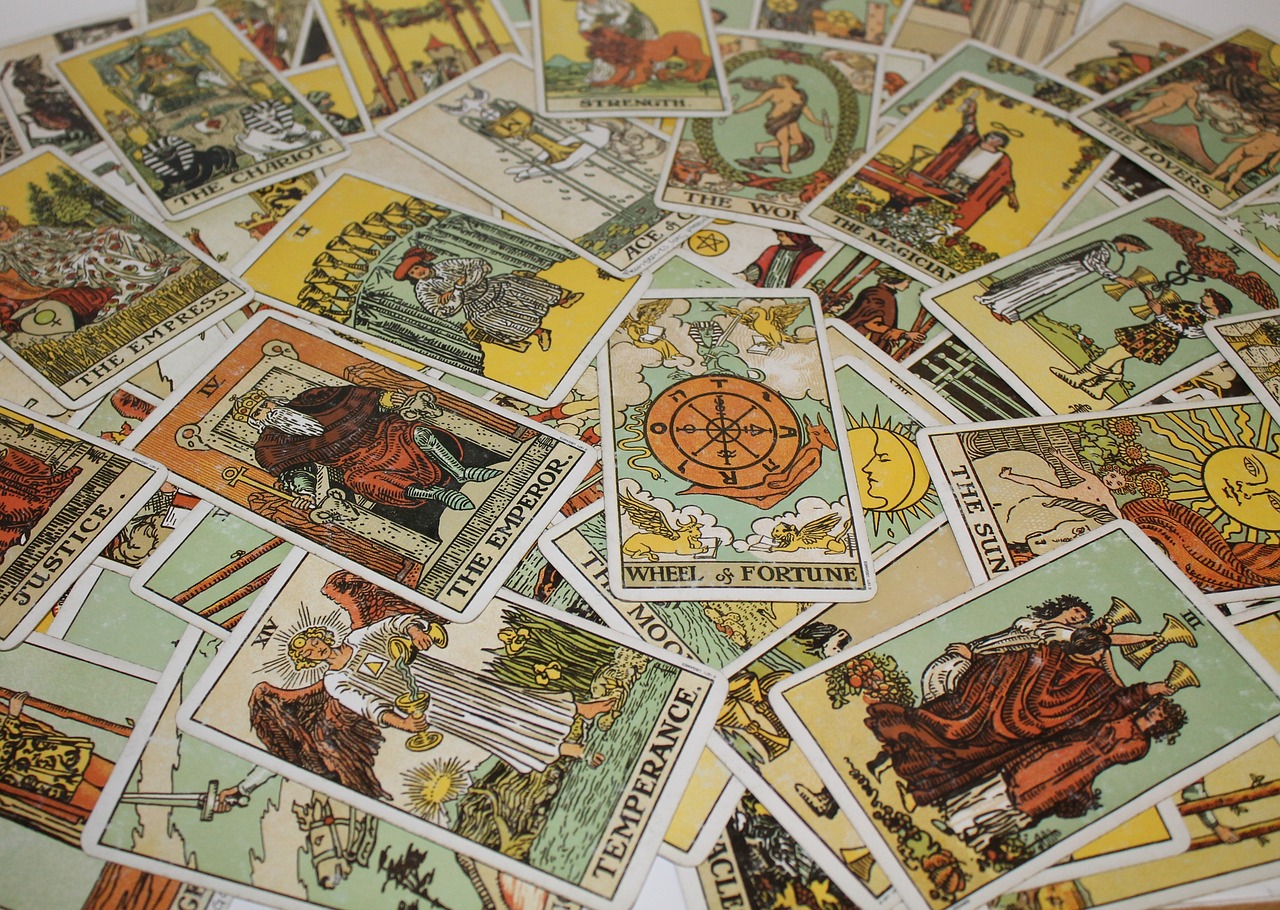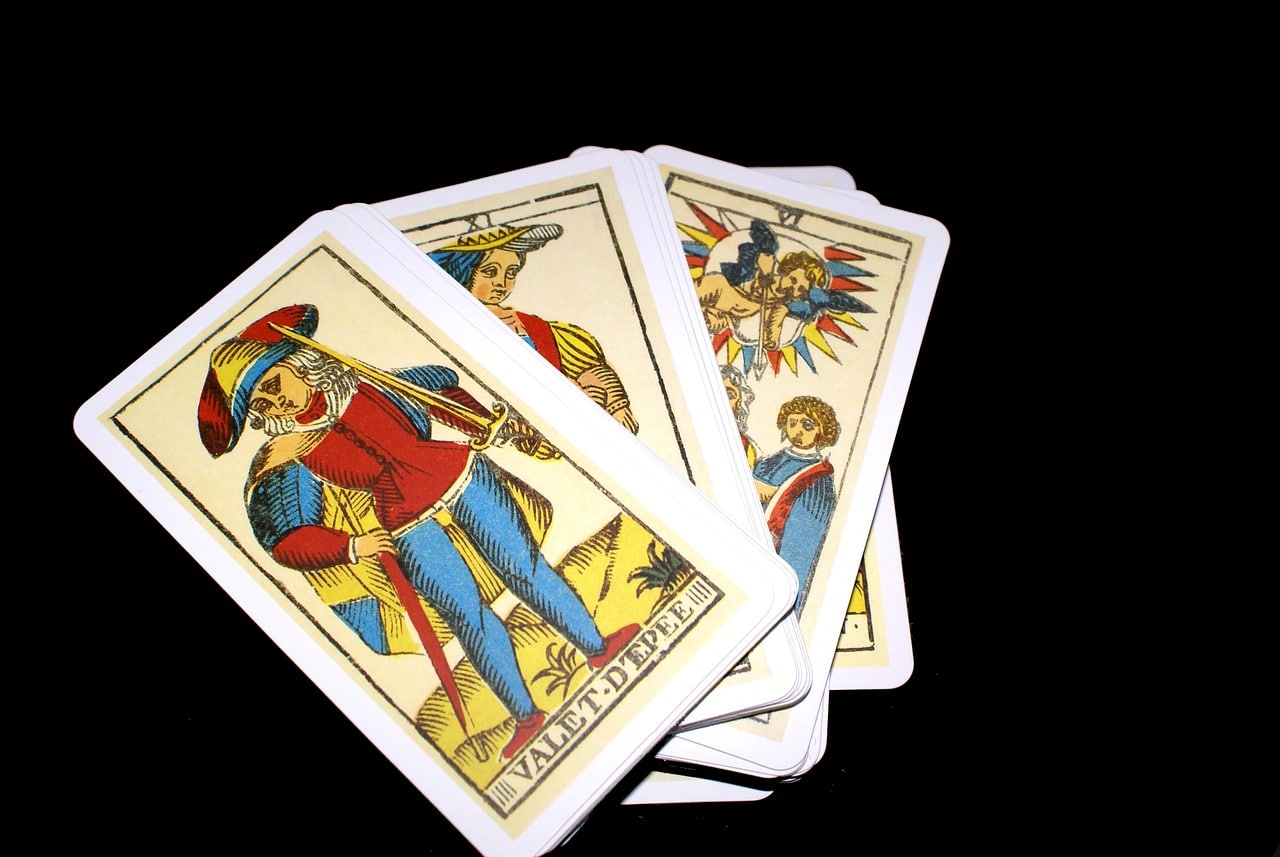
The Sanskrit tarot is considered a method of divination.
The Sanskrit tarot is a resource that, for some people, is useful for meditating, reflecting and even divination. Before moving forward with the definition, it is important to focus on the terms that make up the concept.
Sanskrit is a language belonging to the Indo-European family. It is a classical language of India and used liturgically in Hinduism , Buddhism and Jainism .
As for tarot , it is a supposed means of divination of past, present and future events, although its followers assure that it is also a tool for meditation, spiritual growth, reflection and self-knowledge.
Origins of the Sanskrit tarot
The origin of the tarot has not been able to be established precisely. There are researchers who claim that it comes from the Book of Thoth , the Egyptian god of magic , science and mathematics . However, the earliest evidence of tarot as we know it dates back to the 14th century .
The specialist Paul Foster Case ( 1884 – 1954 ), however, points out that the tarot emerged in the year 1200 , when after the destruction of Alexandria occultists from all over the world gathered in the city of Fez ( Morocco ). To overcome the language barrier, they devised a system based on ideas shared at a general level and represented them in pictographic key. These keys were known as arcana (secrets) and gave birth to the tarot.

The Sanskrit tarot can be considered a symbolic system.
The arcana
The tarot is, in short, a symbolic system that consists of 78 cards : 22 major arcana and 56 minor arcana . The major arcana represent universal principles of human existence, while the minor arcana relate to everyday events.
It is assumed that tarot cards can help understand current and future situations of the subject requesting their reading by tarot readers.
Tarot cards are not mere inert instruments for divination sessions , but must be protected and, so to speak, enhanced to give the best results. First of all, it is recommended to keep them wrapped in a violet cloth, since it is what provides regeneration, balance and protection, in addition to combining the stimulation of red with the peace of blue.
Preserving the tarot deck in this way has another benefit , and that is that it produces a positive effect on its divine energy to make it more evident and easier to understand by the tarot reader. Readings should be taken on this cloth; If you want, everything can be stored in a cloth bag, preferably of the same color. Other tips from experts include passing each card over an incense so that the smoke touches them and leaving them for a while under the light of the full moon.
Cut Sanskrit Tarot Cards
Before cutting the cards, that is, dividing the deck into two parts, it is necessary to mix them. Already in this first step there are two possibilities: that the consultant or the tarot reader mix them. The decision must be made by the latter, since it is very personal because it depends on several factors that affect your comfort throughout the session and the way in which you relate to the energy. Although there are two trends, it is best to let yourself be carried away by the moment, since each reading is unique and the most important thing is that communication is successful.
One point that the tarot reader must clarify to his clients before beginning the session is the way to formulate the questions. While there is no such thing as “wrong doubt,” it is important to approach it from a perspective where it is possible to ask affirmative questions; for example: instead of "Am I going to die?" , we can say "How will my state of health evolve?" . This is in no way a whim to force a positive attitude, but a necessity so that the reading of the answers is more effective, since the interpretation of the cards will be direct.
